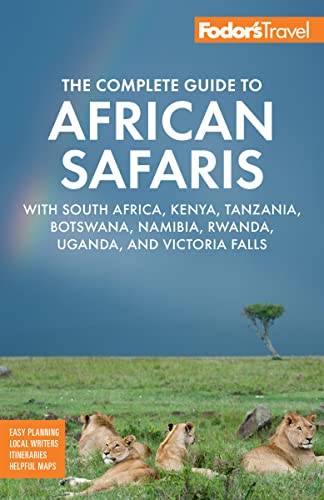Kilimanjaro, a dormant volcano on the roof of Africa, is one of the closest points in the world to the sun (Chimborazo in the Andes is the closest). It’s also the highest peak on the continent and the tallest free-standing mountain in the world. So great is her global attraction that approximately 12,000 people from around the world attempt to reach her mighty summit each year.
Rising to an incredible height of 5,895 meters (19,336 feet) above sea level, Mt. Kilimanjaro is a continental icon. She towers over the surrounding Amboseli plains and covers an area of about 750 square km (290 square miles). On a clear day, she can be seen from 150 km (93 miles) away. Thousands attempt to reach Kilimanjaro’s highest peak, but only about 64% will officially make the summit, known as Uhuru Peak. Many reach the lower Stella Point at 5,745 meters (18,848 feet) or Gilmans’ Point, at 5,681 meters (18,638 feet), which earns them a certificate from the Kilimanjaro Parks Authority.
The origin of the name Kilimanjaro has varying interpretations. Some say it means "Mountain of Greatness," while others believe it to mean "Mountain of Caravans." There’s a word in Swahili, kilima, which means "top of the hill." An additional claim is that it comes from the word kilemakyaro, which, in the Chagga language, means "impossible journey." Whatever the meaning, the visual image of Kilimanjaro is of a majestic peak.






